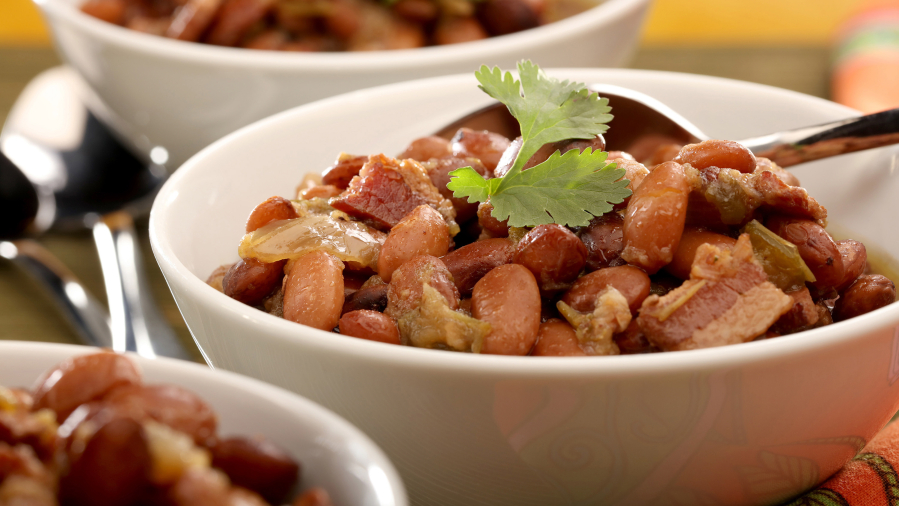My first job in the food industry was at a fledgling Taco Bell in Greensboro, N.C. It was 1977, the summer after my senior year in high school (I graduated when I was 3). Back then, Mexican(-ish) food was not enjoying its current ubiquity, and most of the locals in Greensboro were completely unfamiliar with our offerings.
One of my jobs was cleaning the pinto beans. Spreading them in single layers from 50-pound sacks, I’d remove any unwanted small stones and pebbles, thereby preventing our clientele from losing a tooth.
Today, we revisit my halcyon youth and make us a great big ol’ mess o’ beans.
• WHY YOU NEED TO LEARN THIS
Beans are full of protein, and word on the street is, they’re good for your heart. Made-from-scratch beans are tastier and cheaper than canned and not a lot of work. Plus, I hear they’re hiring down at The Bell.



